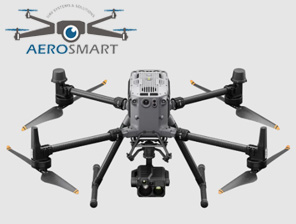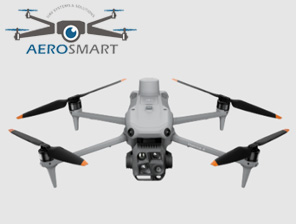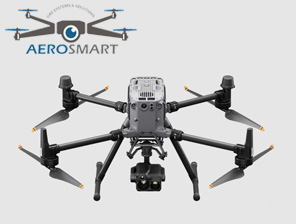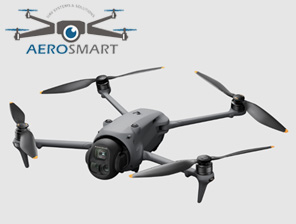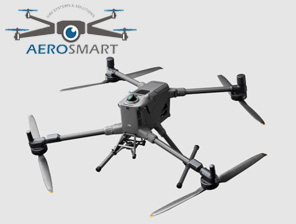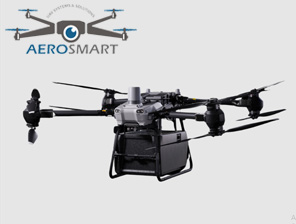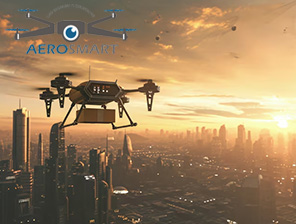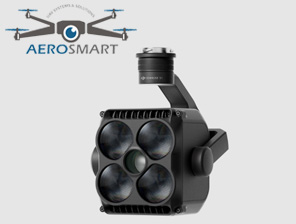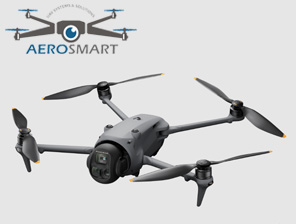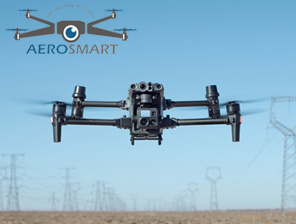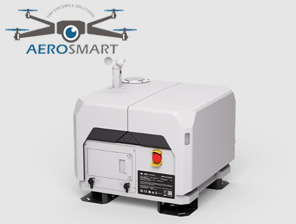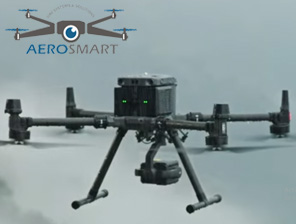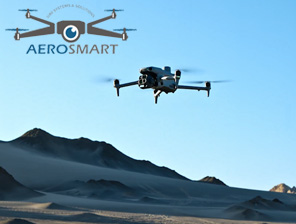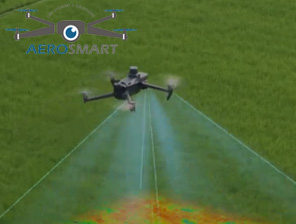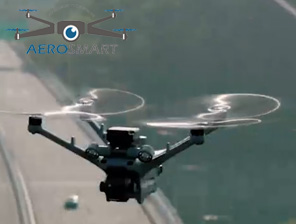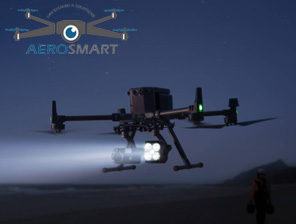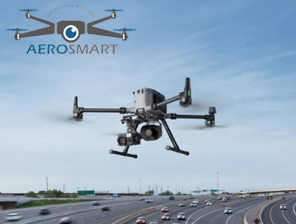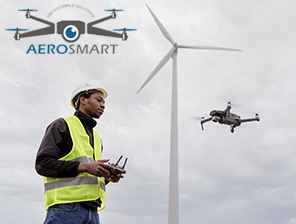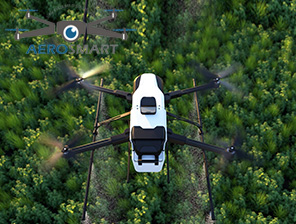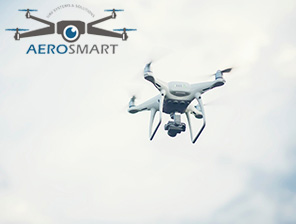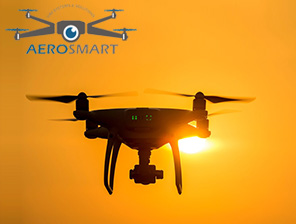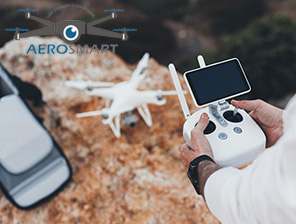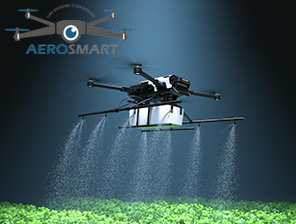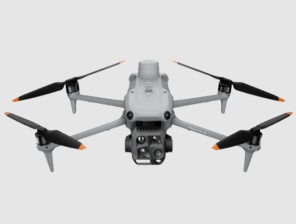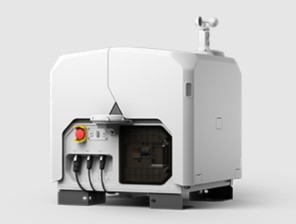
Aero Smart UAV Trading L.L.C. is a tech company that specialises in drones and solutions in the UAE and across the GCC.
Our Office
Office 203, Al Tayer Commercial Building,Rolla Street, Bur Dubai, UAE
Phone:+97142238380
Email:sales@aerosmart.ae

Aero Smart UAV Trading L.L.C. is a tech company that specialises in drones and solutions in the UAE and across the GCC.

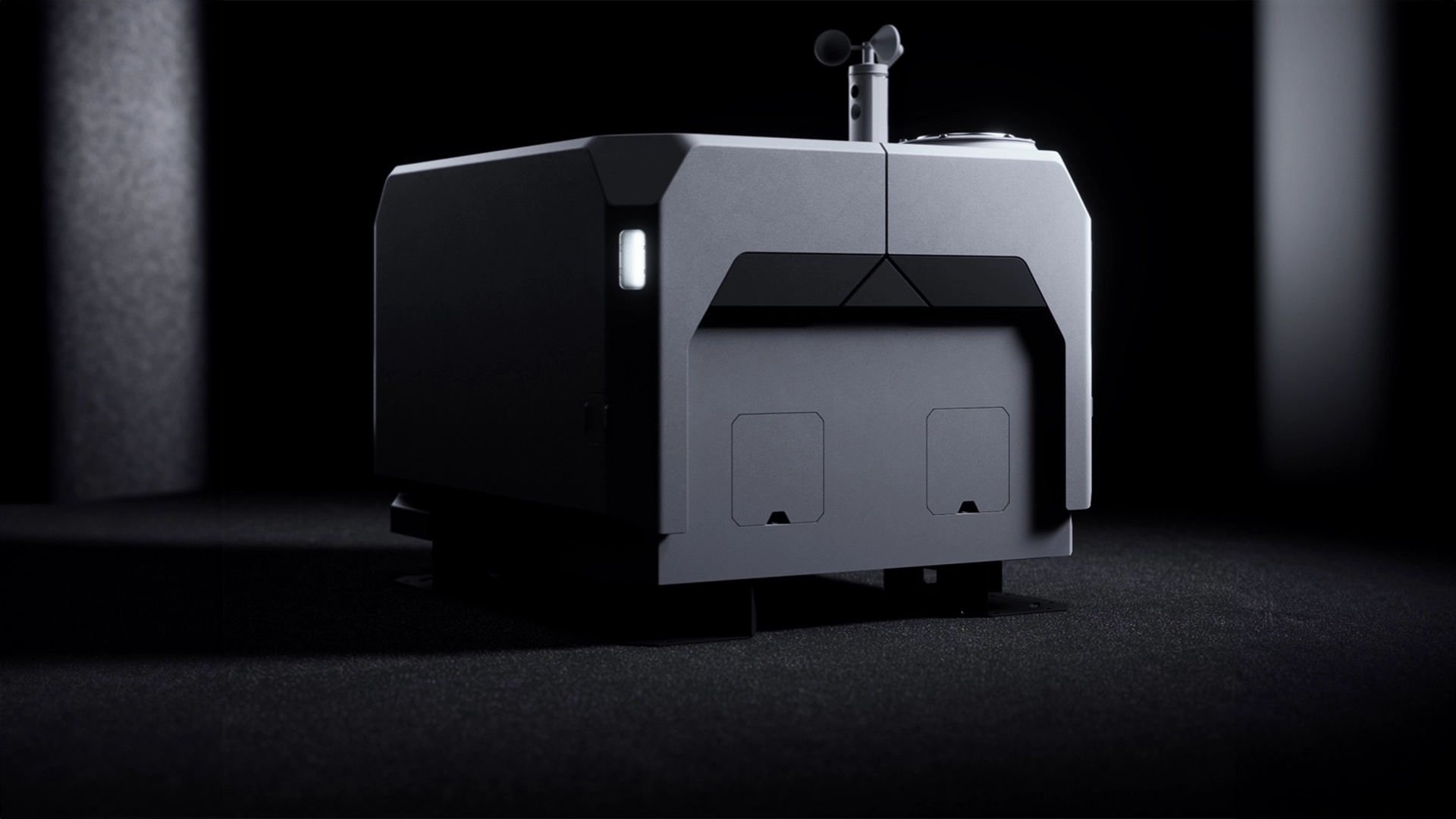
In the fast changing drone technology world, DJI continues to push the envelope with its unique solutions. The advent of DJI Dock 2 represents a major improvement over its predecessor, the original DJI Dock. This blog post digs into the specifics of both models, providing a thorough comparison to help you decide which docking station is best for your operational requirements.
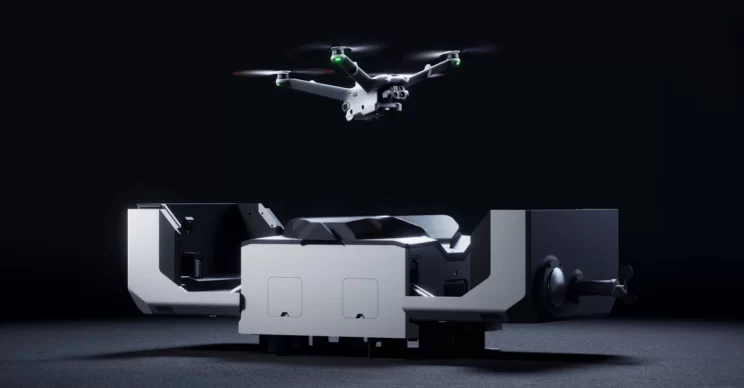
The DJI Dock 2 is a successor to the original DJI Dock, which was revealed in March 2022. It has a slew of enhancements targeted at improving automated and remote drone operations. The improvements include a lower physical footprint, increased flight time, and a larger operating radius, among others.
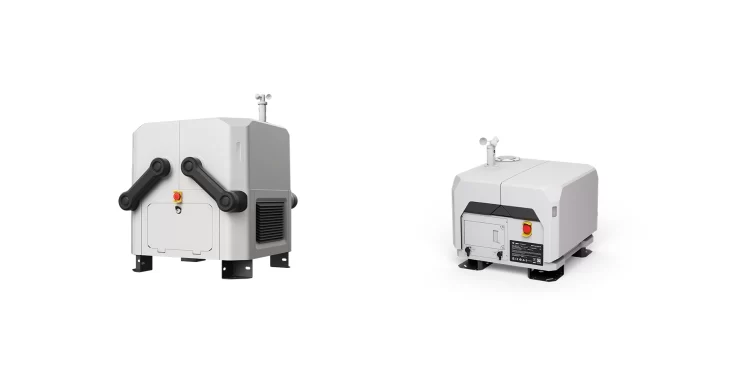
To start, let’s look at a side-by-side comparison of the essential specifications of the two models:
|
Specification |
DJI Dock 2 |
DJI Dock 1 |
|
Weight (aircraft excluded) |
34 kg |
105 kg |
|
Dimensions (Open) |
1228 x 583 x 412 mm |
1675 x 885 x 735 mm |
|
Dimensions (Closed) |
570 x 583 x 465 mm |
800 x 885 x 1065 mm |
|
Dock IP Rating |
IP55 |
IP55 |
|
Operating Temperature |
-25°C to 45°C |
-35°C to 50°C |
|
Input Power |
Max 1000 W |
Max 1500 W |
|
Compatible Drones |
DJI M3D, DJI M3TD |
DJI M30, DJI M30T (Dock versions) |
|
Drone IP Rating |
IP54 |
IP55 |
|
Flight Time & Max Operation Radius |
50 mins, 10 km |
40 mins, 7 km |
|
Drone Charge Time |
32 minutes (20%-90%) |
25 minutes (10%-90%) |
|
Max Take-off Altitude |
2500 m |
4000 m |
|
Back-up Battery Life |
5+ hours |
5+ hours |
|
Return to Centre System |
Sliding System |
Pulling System |
|
Charging System |
Wireless Charge |
Tap-to-charge |
|
Surveillance Cameras |
Dual camera automatic switching |
Single camera |
One of the standout improvements in the DJI Dock 2 is its size. Being 75% smaller and 68% lighter than its predecessor, the Dock 2 is far easier to transport and deploy. This makes it an ideal choice for operations that require mobility and flexibility, such as temporary construction sites or moving across different terrains.
Dock 2 is DJI’s inaugural specialized solution for high-precision surveying, showcasing its interoperability with newer drones such as the DJI M3D and M3TD. The M3D boasts a 4/3 CMOS 20MP camera with a mechanical shutter and a rapid 0.7s shooting interval, providing unmatched survey-grade mapping capabilities.
|
Drone Model |
Camera Specifications |
Flight Performance |
Special Features |
|
DJI M3D (Dock 2) |
4/3 CMOS, 20MP, Mechanical Shutter |
50 mins, 10 km |
High-precision surveying |
|
DJI M3TD (Dock 2) |
1/1.32″ CMOS, 48MP, RGB and Thermal Sensors |
50 mins, 10 km |
Thermal imaging |
|
DJI M30 (Dock 1) |
1/2″ CMOS, 12MP |
40 mins, 7 km |
– |
|
DJI M30T (Dock 1) |
1/2″ CMOS, 12MP, Thermal/RGB Sensors |
40 mins, 7 km |
Thermal imaging, laser rangefinder |
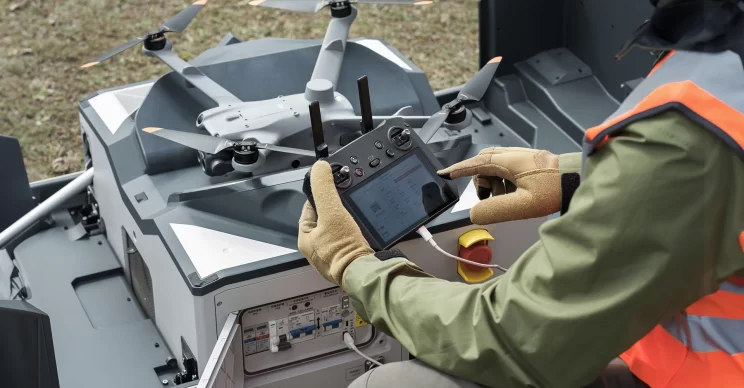
The DJI Dock 2 provides improved technical parameters and is available at a reduced price, making it a more financially feasible choice for numerous enterprises. The cost effectiveness of the Dock 2 does not sacrifice any features, as it has modern characteristics such as a dual-camera system that automatically switches, a simpler charging and docking mechanism, and strong weather-proofing capabilities.
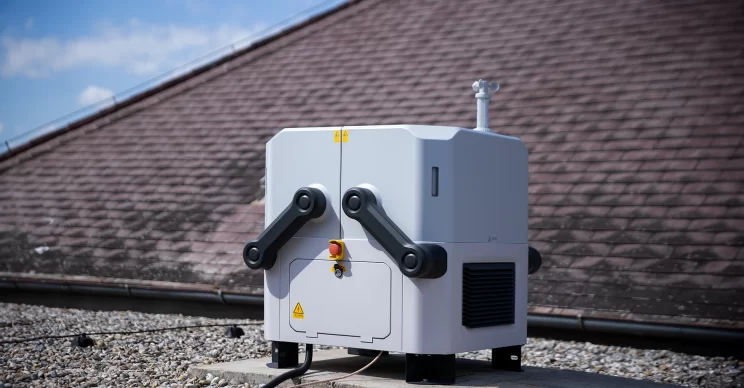
Although Dock 2 has made significant progress, the original DJI Dock still holds key advantages, such as quicker drone charging time and improved zoom capabilities. These characteristics render it appropriate for particular tasks in which these factors are crucial, such as extended-duration monitoring and accurate aiming in security applications.
Each docking station has a specific function based on the operating needs:
The transition from DJI Dock 1 to DJI Dock 2 showcases DJI’s dedication to innovation and meeting the varied requirements of the drone operations market. Although the Dock 2 brings about substantial enhancements that make it suited for a wider variety of uses, the Dock 1 still holds relevance for specific situations when its distinct qualities are essential.
Through a comprehensive analysis of the intricate comparisons and functionalities of each model, companies can make more informed decisions regarding the most suitable docking station that corresponds to their operational requirements, thereby guaranteeing optimal efficiency and effectiveness in their drone deployments.
Aerosmart UAV Trading is an authorized vendor of DJI Dock 2 and DJI Dock in the UAE. We specialize in assisting enterprises with the seamless integration of these drone-in-a-box solutions into their operational processes. This encompasses on-site inspections, assistance with training and regulatory compliance, as well as an internal GIS department. To obtain additional information, please reach out to us by email at sales@aerosmart.ae

